I live on a hobby farm in western Quebec.
Our farm has forest, pasture, a pond, an orchard, gardens and plenty of lawn. My older daughter and I grow the flower and vegetable gardens, and my partner Steve is the master of the lawn. He is very dedicated to keeping the lawn looking neat and tidy.
Over the years, he has set aside pollinator patches to reduce the effort in maintaining the lawn and to provide food and habitat for pollinators. These habitat patches are examples of passive restoration. In other words, we do nothing to maintain them. The wildflower seed arrives and establishes on its own or with help from wildlife. I have enjoyed watching these habitats grow and the vegetative community shift over time.
Every year he adds more pollinator patches by not mowing. This year we added three more, for a total of nine patches.
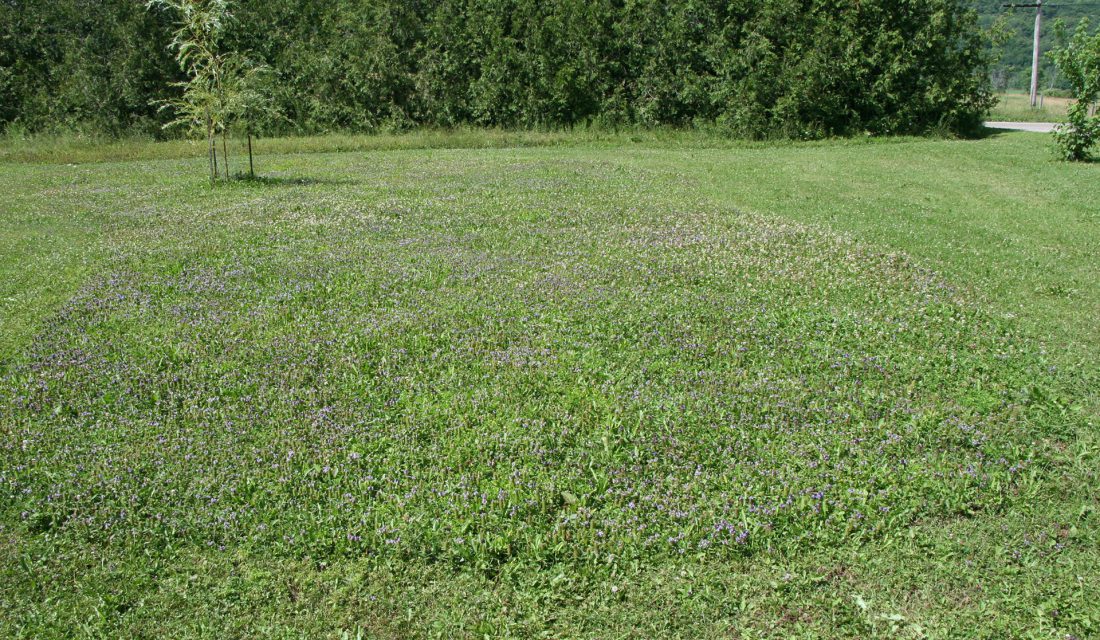
One of this year’s patches has been left unmown for only three weeks. The photos below show how spectacular it is. The habitat is dominated by three pollinator plants: Heal All, Sorrel, and White Clover. Very little grass is evident.
Nature’s Giver
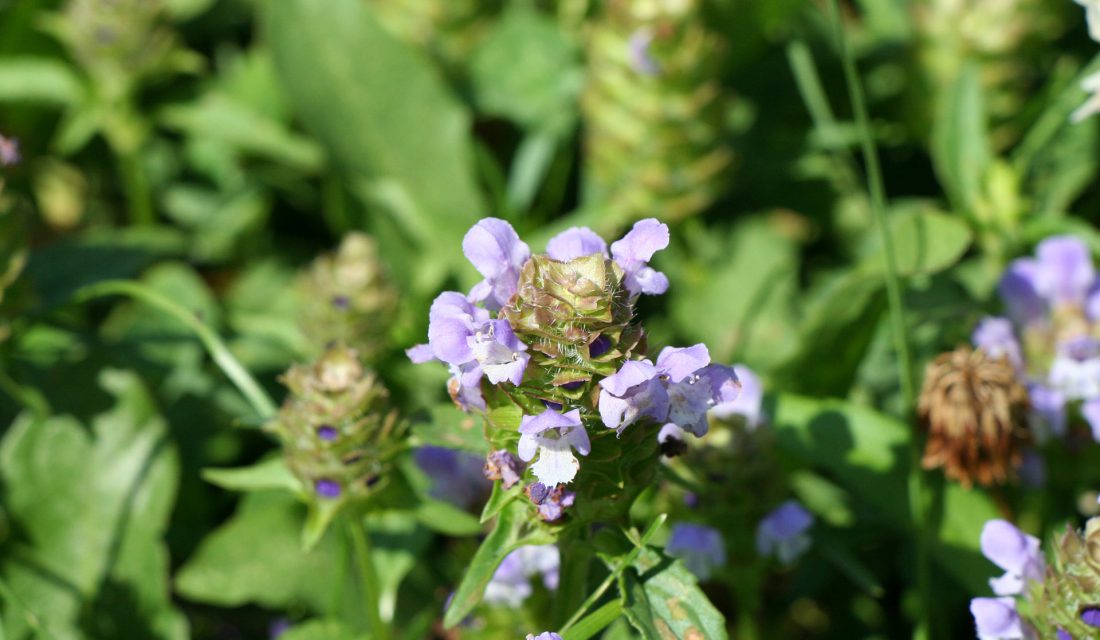
Heal All (Prunella vulgaris) is a member of the mint family and during summer its blue-violet colour is stunning. Heal All is both a native plant and a naturalized plant that escaped from cultivation. On lawns where mowing is frequent, it grows as a prostrate plant at a height of about 10 to 20 millimetres, but where it grows without disturbance, the plant can grow up to 50 centimetres high.
Wood Sorrel (Oxalis sp.) is also a commonly occurring lawn flower. Its delicate yellow flowers are attractive to bees.
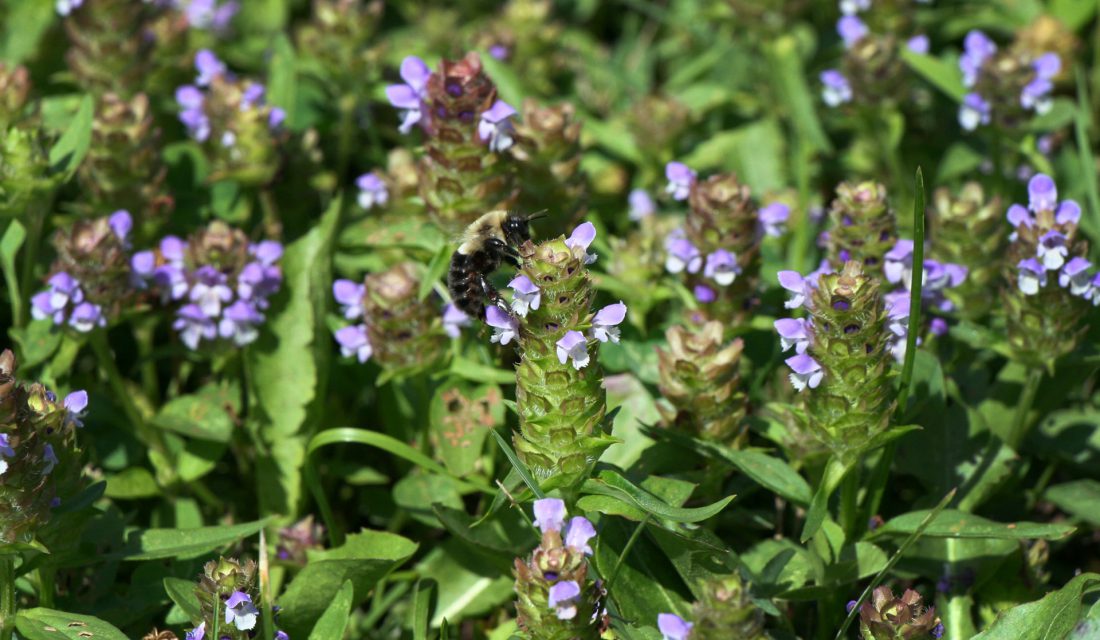
I took time out on a July weekend to observe the native pollinator community that is using this habitat patch, which measures approximately 80 metres square.
Over the course of 10 minutes I observed species from every group of insect pollinator: bees, flies, beetles, moths, butterflies and wasps.
There were dozens of solitary bees and bumble bees. The bumble bees were the most visible because of their size and activity, but when I got down on my knees and watched the flowers closely, I also saw many tiny flower flies and solitary bees. A Clearwing Moth flitted by, too fast to take a photo. Likewise, for a wasp. A Clouded Sulfur Butterfly undulated over the patch. I watch one worker Bumble Bee nectaring solely on White Clover, and others nectaring only on Heal All.
Here was an ecosystem before me, all due to a decision by my partner to #GrowitDon’tMowit. Imagine what we can do collectively across Canada if each of us with a lawn grows more and mows less? Together we would lay the framework for the Great Canadian Pollinator Pathway.


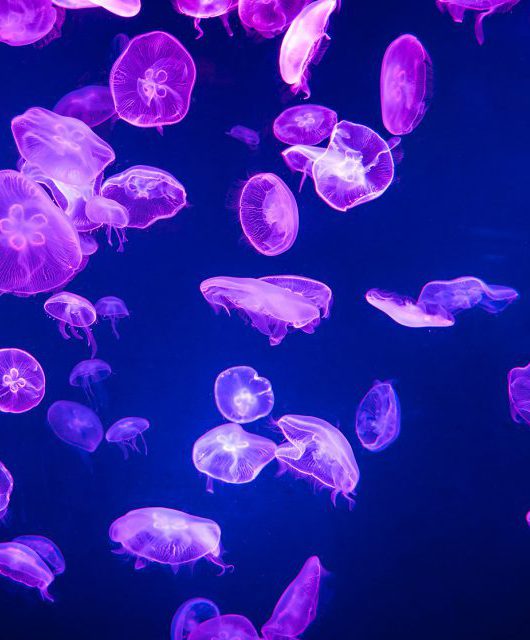
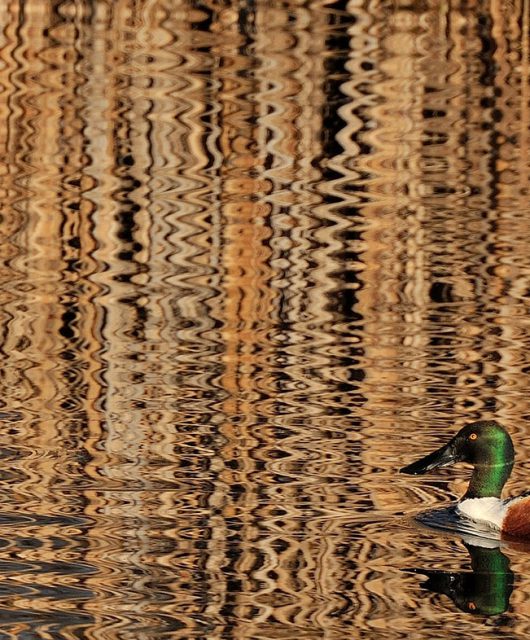
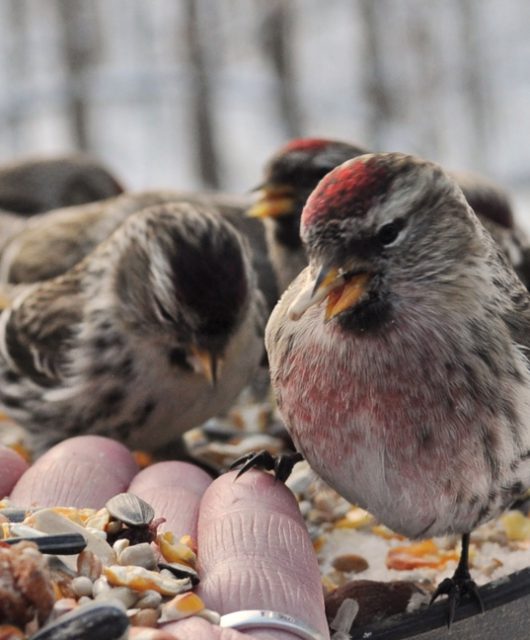
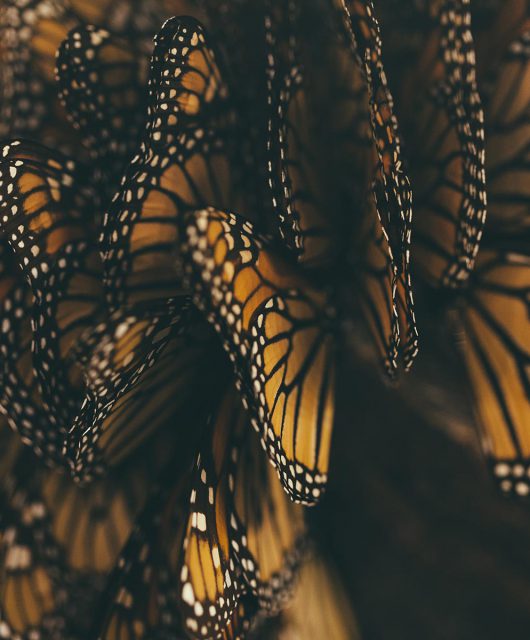
1 comment
What have you done to improve the soil fertility, which is the ability of soil to produce protein?